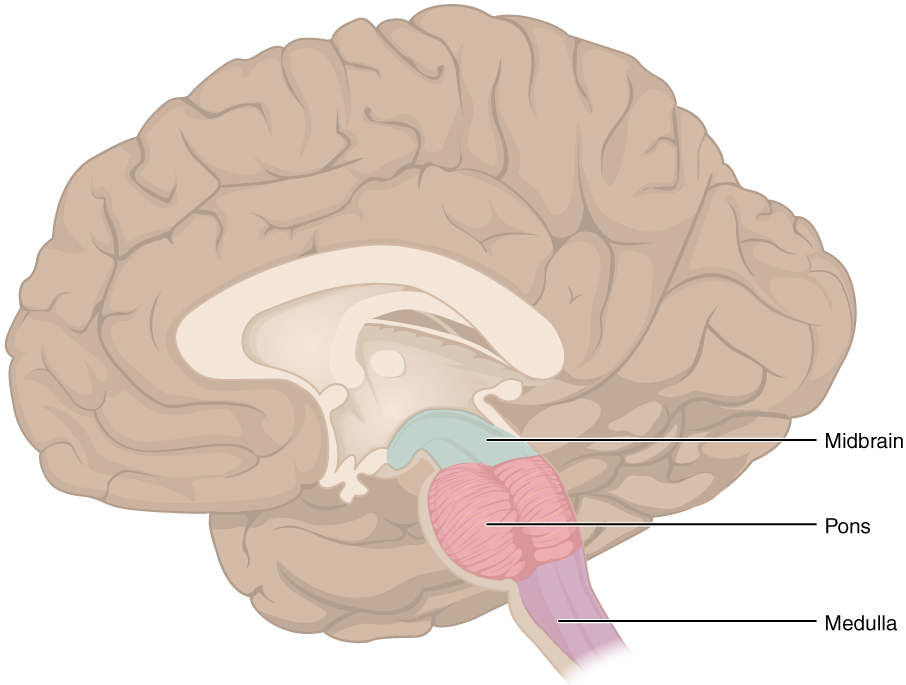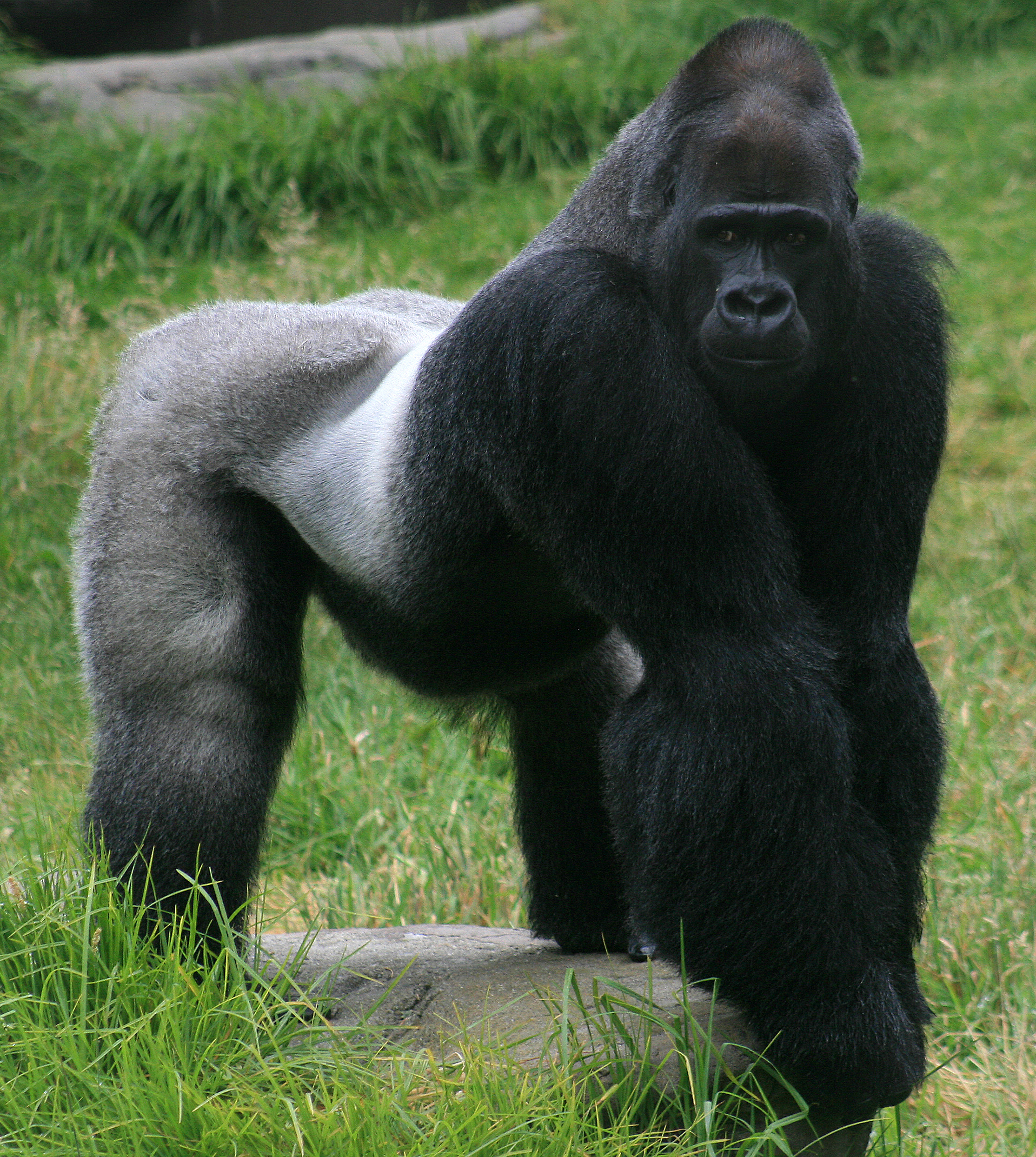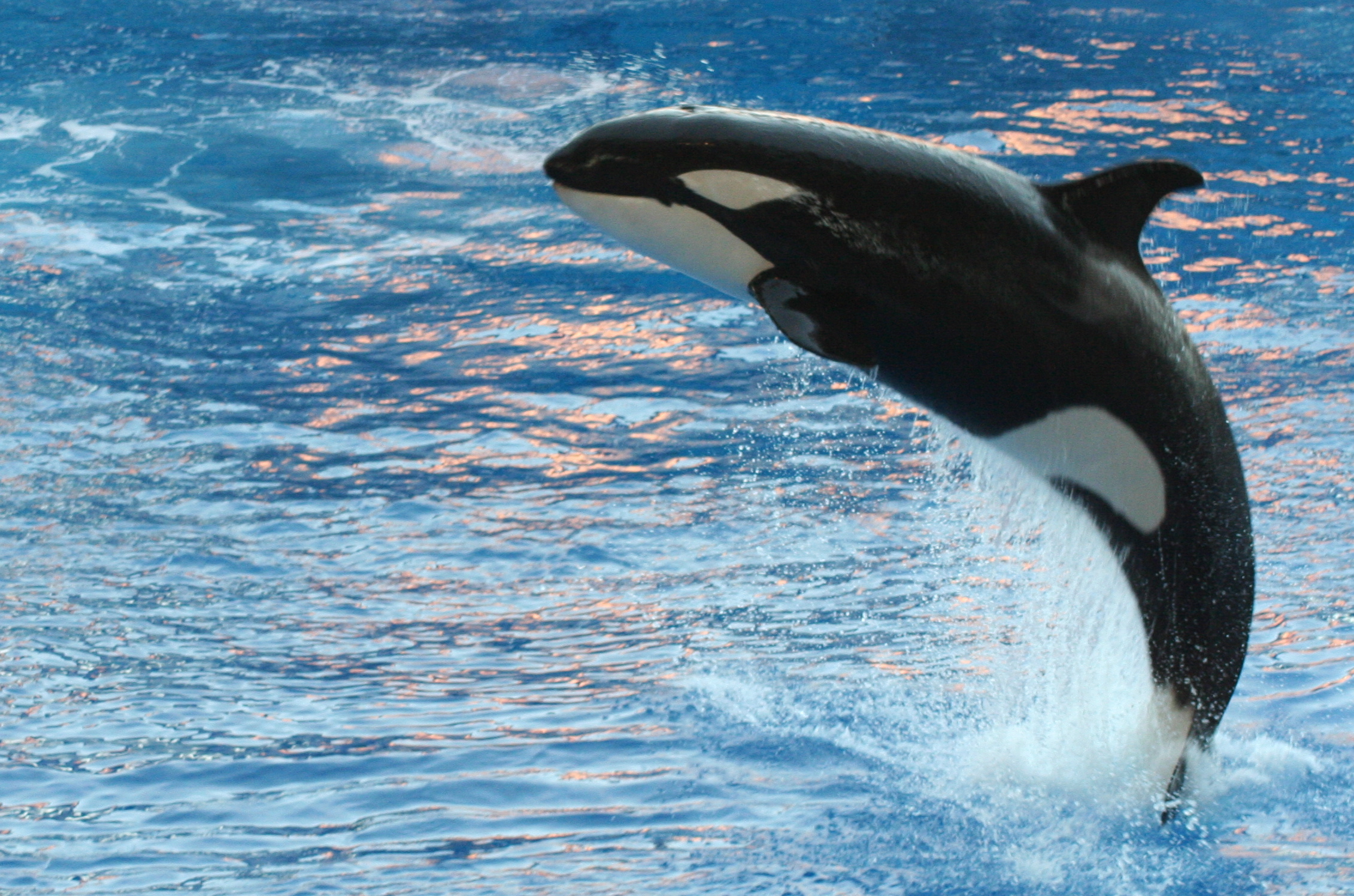
In the rich tapestry of the animal kingdom, intelligence manifests in diverse and fascinating ways, uniquely adapted to each species’ environment. Although they may not think like humans, animals showcase their cognitive skills through behaviors that reveal their depth of understanding and adaptation. Over the years, researchers have developed various methods to gauge animal intelligence, providing intriguing insights into the minds of our nonhuman companions.

One approach involves examining swarm intelligence, as seen in ants and bees. These creatures operate as a collective, showcasing an ability to solve problems and make decisions as a group rather than as individuals. This hive mentality illustrates a different kind of intelligence, one that thrives on cooperation and unity.

Another method used by scientists is the encephalization quotient, which measures brain size relative to body size. This has been applied to animals like dolphins and elephants, whose large brains are often cited as indicators of their cognitive prowess. Dolphins, for example, have a brain-to-body ratio similar to that of early humans and are known for their complex social structures and tool use.

Another interesting dimension of intelligence is emotional understanding, prominently observed in species such as elephants and dogs, which exhibit empathetic behaviors, profound social connections, and even signs of grief. Elephants, for example, have shown remarkable self-awareness by recognizing themselves in mirrors and working together seamlessly in groups, showcasing a level of social intelligence that is both impressive and complex.

Dogs, often regarded as man’s best friend, possess a unique emotional intelligence that allows them to interpret human emotions and react in ways that strengthen their bonds with us. Various dog breeds exhibit different intelligence levels, with Border Collies standing out for their exceptional problem-solving abilities and high obedience, illustrating the remarkable connection between dogs and their human companions.

The use of MRIs on dogs has offered further insight into animal intelligence. By observing brain activity, scientists can assess how dogs process information and learn commands. This has revealed that dogs are capable of understanding human gestures and retaining knowledge over time.

While the techniques for assessing animal intelligence serve as useful tools, they also underscore the intricacies of defining and comparing cognitive abilities among different species. As Brian Hare, founder of Duke University’s Canine Cognition Center, aptly puts it, “Asking which species is smarter is like asking if a hammer is a better tool than a screwdriver.” Each species is equipped with unique skills that help them thrive in their respective environments, making direct comparisons incredibly nuanced.

The notion of intelligence becomes even more complex when we consider the diverse skill sets animals have developed over time. Take ravens, for example; these birds demonstrate extraordinary problem-solving skills that can rival those of human toddlers. They can strategize, utilize tools, and even practice patience by waiting for extended periods to retrieve a morsel, showcasing their remarkable cognitive prowess.

Pigs, often underestimated, demonstrate their intelligence by playing video games. At Purdue University’s Center for Animal Welfare Research, pigs manipulated joysticks to earn rewards, showcasing their understanding of cause and effect.
Animal intelligence is as diverse as the species themselves. From emotional intelligence in elephants to the hive mentality of ants, each animal showcases its intellectual abilities in unique and fascinating ways. As we continue to explore and understand these cognitive skills, our appreciation for the animal kingdom’s intelligence only grows deeper.

1. **Sperm Whales**: Often overlooked due to their massive size, sperm whales boast the largest brains of any creature on Earth, weighing an astonishing 17 pounds. Their intelligence shines through in their intricate social structures and diverse communication methods, utilizing a series of clicks called “codas” that vary among groups, much like human dialects. These magnificent creatures are not only capable learners but also adept problem-solvers, sharing knowledge within their pods, particularly during the 19th century when they learned techniques to evade whalers.

2. **Gorillas**: Researchers have been captivated by gorillas and their remarkable cognitive abilities. These primates utilize tools, exhibit emotions similar to humans, and display an impressive aptitude for learning sign language, as seen with the famous gorilla Koko. Her ability to understand over 1,000 hand signs reflects a level of communication and intelligence that challenges our preconceived notions of nonhuman animals.

3. **Koalas**: Despite their leisurely demeanor, koalas have demonstrated intriguing intelligence. Their ability to apply past experiences to predict and navigate future challenges, such as hitching rides across bodies of water instead of swimming, speaks to their adaptive smartness. This behavior highlights a pragmatic approach to problem-solving that ensures their survival in an environment that’s constantly changing.

4. **Orcas**: Renowned for their striking black and white appearance, orcas also demonstrate advanced intelligence. These marine mammals communicate with varying dialects across their pods, which indicates cultural learning and sophisticated communication. Their echolocation skills and the ability to form complex social bonds within their groups further emphasize their cognitive depth and adaptability in the wild.

5. **Wolves**: The intelligence of wolves is deeply intertwined with their survival strategy, which hinges on living and hunting in packs. This social structure demands exceptional coordination and communication skills, which wolves possess in abundance. Their ability to recognize and navigate the hierarchical dynamics of their packs exemplifies strategic thinking, cooperation, and the intricate nature of their social interactions.

6. **Raccoons**: These nocturnal creatures are often underestimated in the realm of intelligence. Known for their problem-solving skills, raccoons can deftly manipulate objects and are capable of complex puzzle-solving. Some raccoons have been shown to possess variations in cognitive ability, akin to having different IQs among individuals, which points to a diverse and adaptable intelligence.

7. **Cats**: Cats, often perceived as aloof, are surprisingly intelligent. With a keen sense of perception, they are adept at understanding human emotions and forming social bonds. Their intelligence is often showcased in their ability to navigate spaces, solve problems, and even manipulate their environment to suit their comfort, revealing a cunning and resourceful nature.

8. **Crows**: These black-feathered birds are renowned for their problem-solving capabilities and tool use. Crows demonstrate a form of higher thinking by being aware of their knowledge and using it to make new discoveries. Their ability to use tools, such as bending wires to retrieve food, highlights their ingenuity and adaptability in diverse environments.

As we delve into the intricate world of animal intelligence, we are continually amazed by the vast diversity and capabilities that exist within the animal kingdom. The insights we gain highlight that intelligence is not merely a human trait but a complex phenomenon that manifests in myriad ways across species. This understanding encourages us to rethink how we interact with these remarkable beings, acknowledging their potential and honoring their rightful place in our world.
Related posts:
Top 30 Smartest Animals in the World
The 30 Most Intelligent Animals in the World Might Surprise You
32 of the world’s smartest animals






